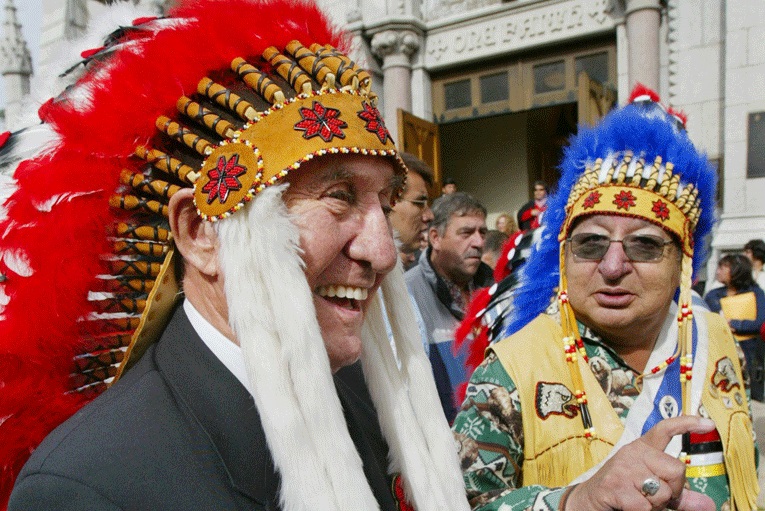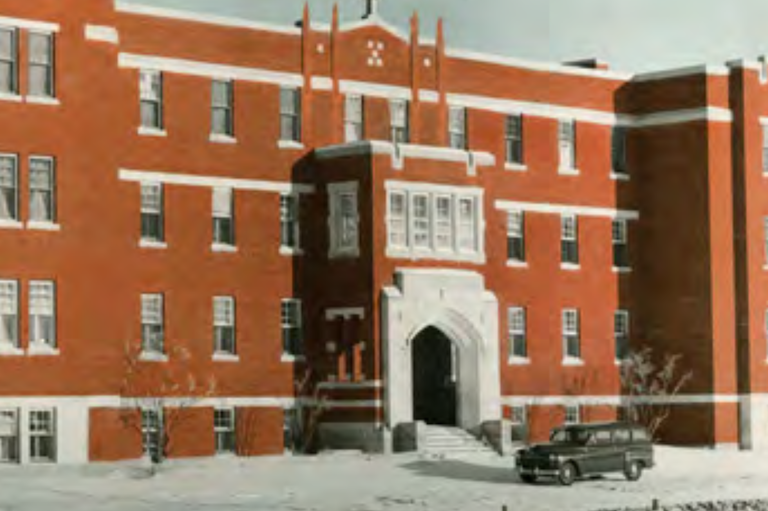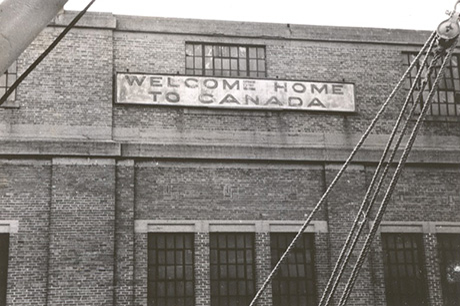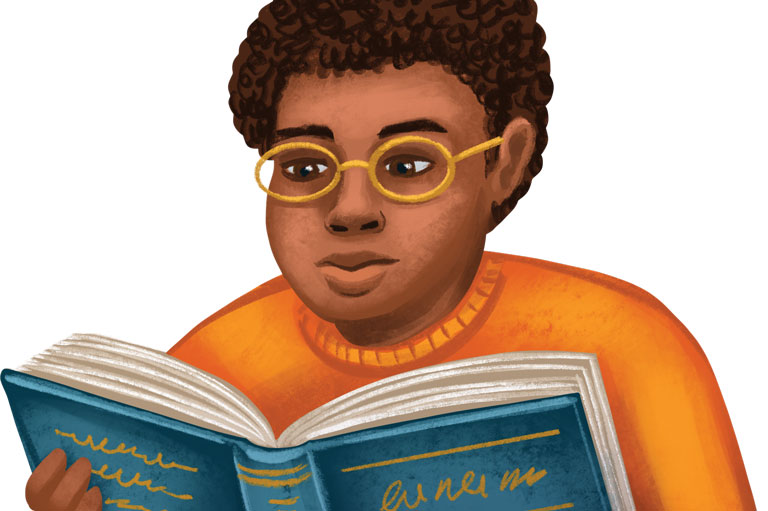Slavery and its Gradual Abolition in Upper Canada
Grade Levels: 3/4, 5/6, 7/8
Subject Area: Social Studies/History
This lesson is inspired by the article “Enslavement and Freedom: The bad and good in Canada’s past,” in the Black history in Canada issue of Kayak: Canada’s History Magazine for Kids (expanded in 2022).
Lesson Overview
This lesson examines the viewpoints on the abolition of slavery in Upper Canada — immediate abolition, gradual abolition, or no abolition. Students will be asked to develop and present arguments for each viewpoint. Students will analyze several primary source documents, including the 1793 Act to Limit Slavery (An Act to Prevent the Further Introduction of Slaves) and two bills of sale for slaves.
Time Required
4-5 lessons
Historical Thinking Concept(s)
- Establish historical significance
- Use primary source evidence
- Analyze cause and consequence
- Take historical perspectives
Learning Outcomes
Students will:
- Summarize the points of view on the practice and abolition of slavery in Upper Canada
- Develop and defend a position regarding gradual versus immediate emancipation
- Analyze and learn more about the 1793 Act to Limit Slavery, the law that gradually ended slavery in Upper Canada (now Ontario)
Background Information
After the British were defeated in the American Revolution, the number of enslaved Black people in British North America increased significantly. To encourage white American settlers to immigrate north, the government passed the Imperial Statute of 1790, which allowed United Empire Loyalists to bring in “negros [sic], household furniture, utensils of husbandry, or cloathing [sic]” duty-free. By law, such property could not be sold for one year after entering the colonies.
Around 3,000 Black enslaved men, women, and children were brought into British North America. By the 1790s, the number of enslaved Black people in the Maritimes (New Brunswick, Nova Scotia, and Prince Edward Island) ranged from 1,200 to 2,000. There were about 300 in Lower Canada (Québec), and between 500 and 700 in Upper Canada (Ontario).
In 1793, Lieutenant-Governor John Graves Simcoe introduced An Act to Prevent the further Introduction of Slaves and to limit the Term of Contracts for Servitude (also known as the Act to Limit Slavery in Upper Canada). The bill was initially opposed in the House of Assembly, where six of 16 members were slave owners. But on 9 July 1793, the government worked out a compromise, and the Upper Canada legislature passed the Act.
The passage of the Act did not emancipate enslaved persons in the province, but merely prohibited the importation of enslaved persons into Upper Canada. Yet, it did not prevent the sale of slaves across the border into the United States. This law confirmed the slave status of those who were enslaved in 1793 and therefore, gave legal acknowledgement to the practice of slavery in Upper Canada. Many slave owners in Upper Canada continued to sell slaves in New York State until 1799, when that state introduced a similar gradual abolition law. The Act freed children born enslaved once they reached age 25 and limited terms of indentureship to nine years to prevent the enslavement of individuals. Slave owners who freed their slaves had to provide some monetary support for clothing and food.
The Lesson Activity
Activating: How will students be prepared for learning?
- Explain to students that once the American Revolutionary War was over, thousands of Loyalists relocated north to the British colonies that became Canada. This migration wave dramatically increased the number of enslaved Blacks in British North America.
- Ask students to speculate: What is the difference between gradual and immediate emancipation?
- Explain to the class that gradual emancipation was a method of ending slavery by granting freedom to those born to enslaved people after a given date, whereas immediate emancipation meant that enslaved individuals became free persons right when abolition became legal and was announced.
- We will explore whether the abolition of slavery in early Ontario should have been gradual or immediate and examine which people in early Ontario would have supported either position.
Acquiring: What strategies facilitate learning for groups and individuals?
- Ask students who would have favoured each position (immediate abolition, gradual abolition, or no abolition) and why. Be sure to identify each of the groups of people who would have an opinion on the issue – the enslaved, slave owners, abolitionists, politicians.
- Divide the class into groups of 4 or 5. Assign each group one of the viewpoints on the abolition of slavery - immediate abolition, gradual abolition, or no abolition. Each viewpoint may have two groups responsible for developing arguments in support of it.
- Give students time to research and make notes, with teacher support.
- Each group presents their argument on the abolition of slavery.
- Debrief with students by asking what are the pros and cons of both paths to emancipation as well as not abolition at all?
- Next, the class will have the opportunity to examine and analyze the 1793 Act to Limit Slavery. Project the image and text of the act on screen. Review the document and then use the 1793 Act to Limit Slavery Analysis Questions to lead a class exercise in analyzing the document.
Materials/Resources
- 1793 Act to Limit Slavery Analysis Questions
- An Act to Prevent the further Introduction of Slaves and to limit the Term of Contracts for Servitude Statutes of Upper Canada Cap. 7, 33 George III, 1793
- Black Enslavement in Canada, Canadian Encyclopedia
- Chloe Cooley and the 1793 Act to Limit Slavery in Upper Canada, Canadian Encyclopedia
- Enslaved Africans in Upper Canada, Archives of Ontario
Extension Activity
In 1798, legislative assembly member Christopher Robinson introduced a bill called the Bill to authorize and allow persons coming into this Province to settle to bring with them their Negro Slaves in the Legislative Assembly to allow incoming immigrants from the Caribbean and the United State to bring in slaves with them, seeking to reverse the 1793 Act to Limit Slavery and reaffirm the Imperial Act of 1790. The House of Assembly passed the bill with a vote of eight to four.
- Research to find out which fellow legislative assembly members led the fight to block the passage of Robinson’s bill. What does the fact that this bill passed three readings reveal about the province’s political leaders views on slavery?
Themes associated with this article
Advertisement




